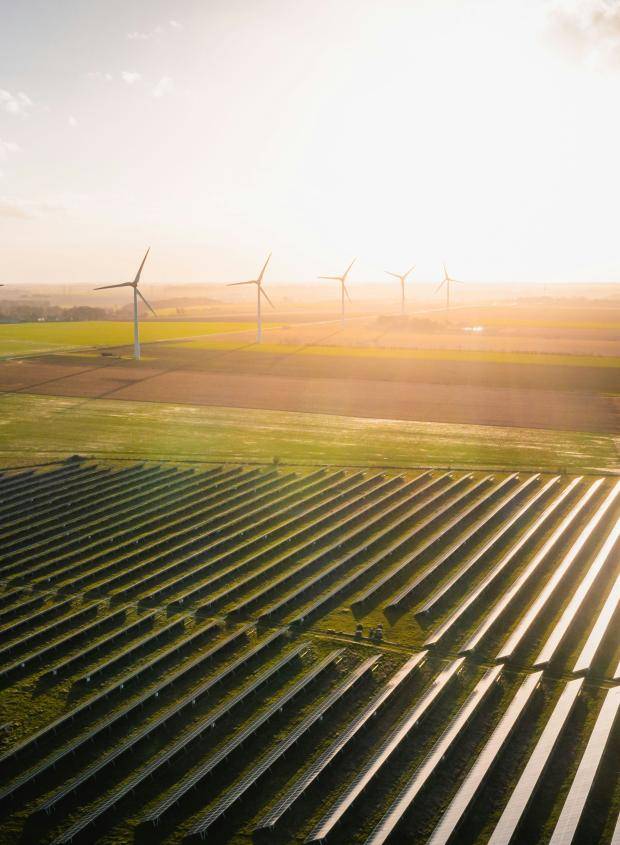Nextracker is a leader in the solar tracker market. The company integrates software solutions with ground-mounted tracker products which are used in utility-scale solar projects around the world. Nextracker’s solutions allow customers to flexibly configure systems for their project sites to maximise energy output across a range of terrains and weather conditions. It also has lower installation costs. As a result, the company is gaining share from traditional technology, enabling growth above the already fast-growing utility solar market.
Topic: Net zero carbon transition
WHEB’s Objective: Limiting material negative social or environmental impacts.
Company Objective: To undersdtand the company’s exposure to extreme weather risk and evaluate its design resilience.
Desired Outcome: Long-term operational resillience to physical climate risk.
Background: We selected this case following publication of the Rocky Mountain Institute (RMI) “Solar Under Storm III” report, which identified vulnerabilities in solar power generation equipment to extreme weather, namely high wind speeds1. Our objective was to assess This engagement aligns with our objective to limit material negative environmental impacts, and reflects our broader strategy to mitigate physical climate risks across the portfolio.
Activity: In July 2025, WHEB initiated engagement with Nextracker. Following publication of the RMI report, we raised concerns about the vulnerability of the company’s solar tracking systems to extreme weather, notably Category 3 or higher wind speeds in coastal regions of the US.
Outcome:
Milestone 2 - the company shared information on its approach to managing physical climate risks.
Nextracker responded with detailed performance data and argued that outside of Alaska, their sites located in the regions identified in the RMI report as being vulnerable continued to perform well, even in extreme weather events. For example, four Nextracker sites withstood Hurricane Milton in 2024 without damage.
The company believe that their equipment is resilient to these types of extreme weather events, but acknowledged evolving client expectations - some US utilities are looking to establish even more demanding design requirements for higher wind speeds. Nextracker is confident that their current design parameters are able to withstand hurricane force winds and confirmed their readiness to meet higher standards, if needed.
While no formal policy changes have been made, Nextracker demonstrated strong performance under extreme conditions and a proactive stance toward future design requirements. The company’s response reassured us of its resilience and adaptability. We will continue to monitor developments, particularly as client expectations evolve.
1 https://rmi.org/solar-under-storm-iii/
